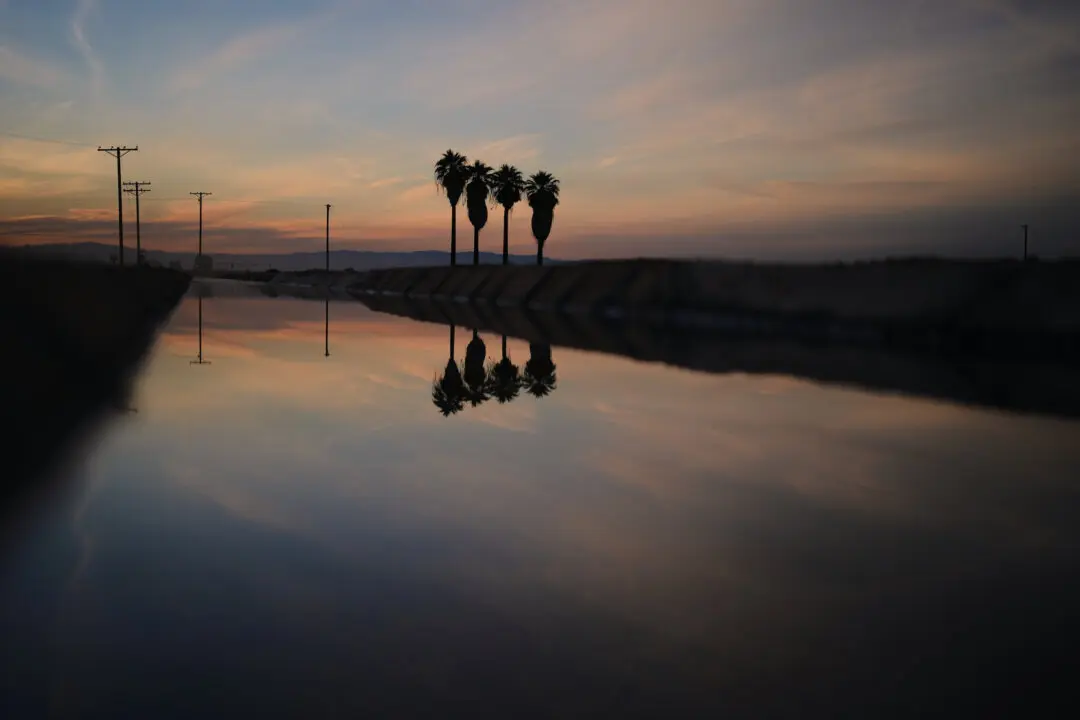NEW YORK—Can this really be America in 2016?
Three tumultuous days have brought echoes of decades past and made clear a public that elected a black president hasn’t reconciled its fractured history with race, that a country that lived through unrest and assassinations in the 1960s and 1970s still bubbles with resentment and rage, and that bloody images of violent tragedy aren’t going away.
“America is weeping,” said Rep. G.K. Butterfield, head of the Congressional Black Caucus, reflecting an entire nation’s mounting anger, tension and despair.
It started Tuesday, with a familiar scene: A black man, on the ground, shot by police, with the incident captured on cellphone video. That killing, of a 37-year-old named Alton Sterling, who police say was armed and selling CDs outside a Louisiana convenience store, ignited public outrage, and added Baton Rouge to a long list of places where the death of a black male at the hands of police has come under a cloud of suspicion.
It might have remained just that, with Sterling’s name added to a sorrowful litany alongside Michael Brown and Eric Garner and Freddie Gray.
Then came Wednesday.
In Falcon Heights, Minnesota, another black man was shot dead by an officer, this time after a traffic stop. As 32-year-old Philando Castile sat bloodied and dying, his girlfriend made a live broadcast on Facebook that gave an eerie look into the aftermath. As the video freezes and the woman loses composure and lets out a scream, the sweet voice of her 4-year-old daughter chimes in to comfort: “It’s OK, I’m right here with you.”
And then, like clockwork in a new deranged norm, came another evening, another night of tragedy.
As demonstrators amassed in Dallas on Thursday to mark what had transpired in the two preceding days, five police officers there to help keep the peace were shot and killed and seven other officers and two civilians were wounded. Authorities said it was the work of a sniper. The suspect, who was killed by police, had said he was upset by the recent shootings and wanted to kill whites, particularly white officers.
It was a devastating climax to three horrific days that Americans are struggling to understand.
At the Justice Department, Attorney General Loretta Lynch called it “a week of profound grief and heartbreaking loss.” In Chicago, Archbishop Blase Cupich said, “Every corner of our land is in the grip of terror.” On Capitol Hill, civil rights icon Rep. John Lewis of Georgia said, “We feel the pain. We feel the hurt.”
Kevin Boyle, an American history professor at Northwestern University, thought of the late 1960s and the 1992 Los Angeles riots, seeing “terrifying parallels” and “echoes for me of other really incredibly tense points.” The presence of video documentation of the incidents calls attention to strife that had previously existed only in agonizing private memories.
“It’s not that the incidents are new,” he said, “it’s our ability to see them.”





